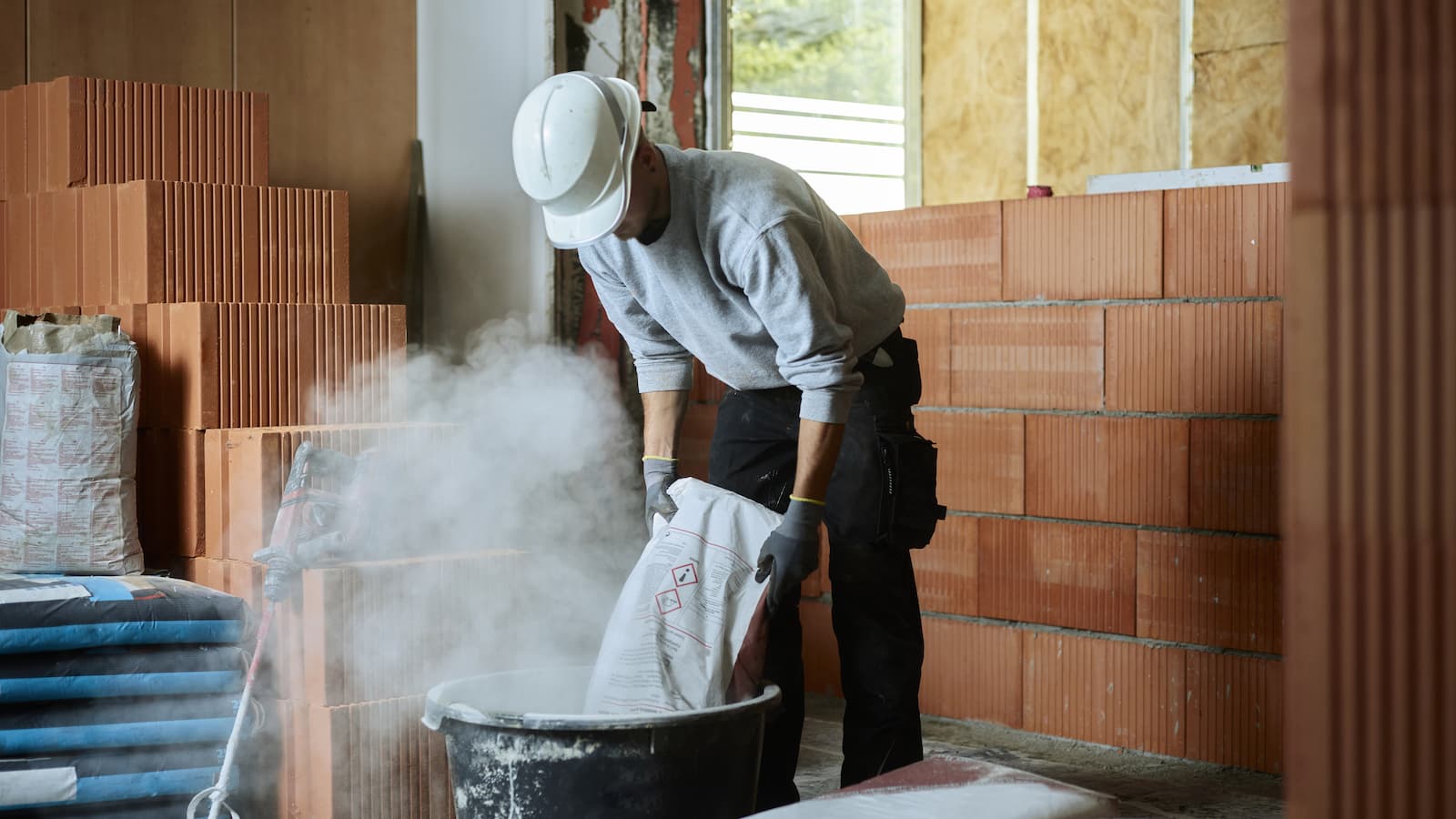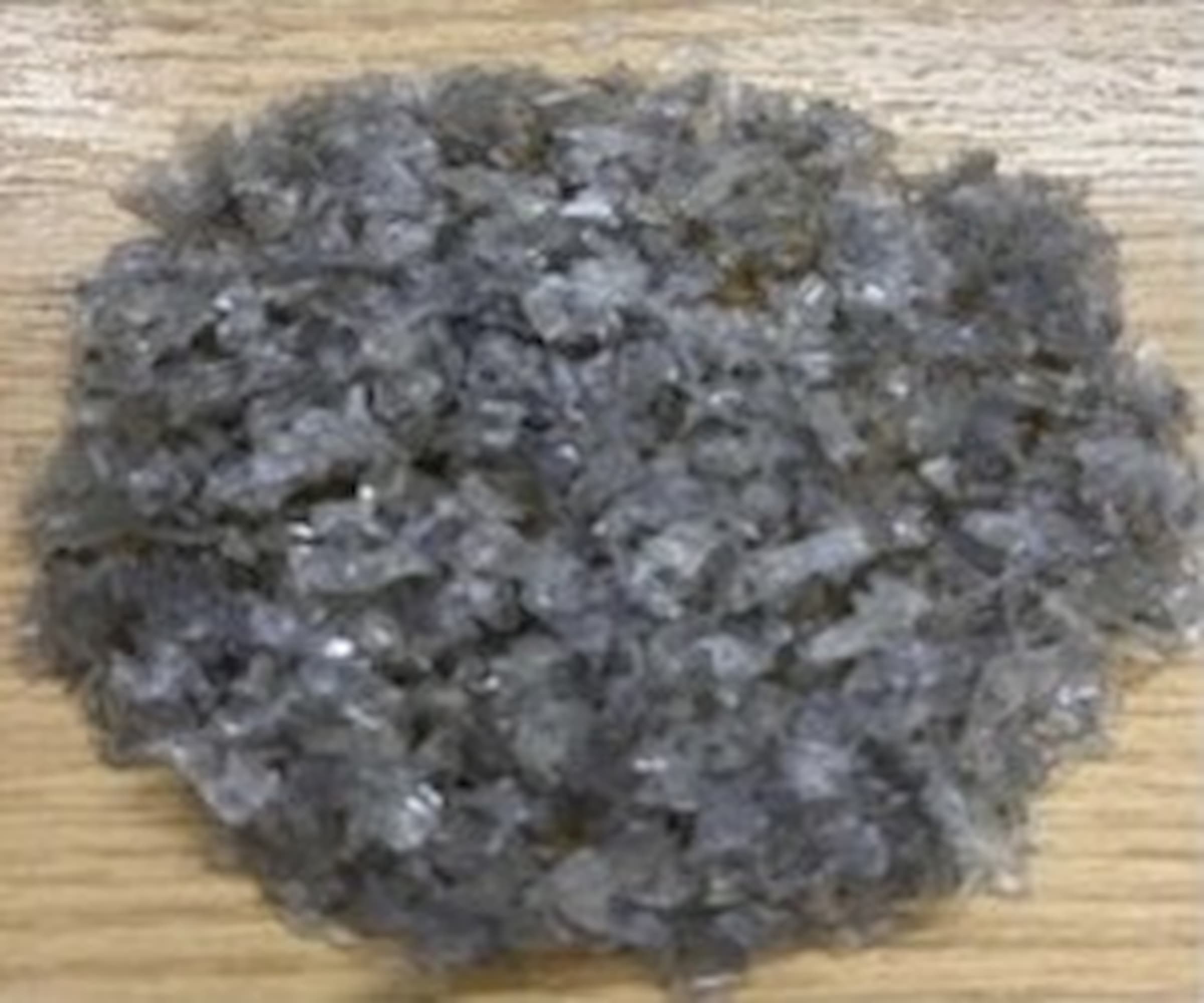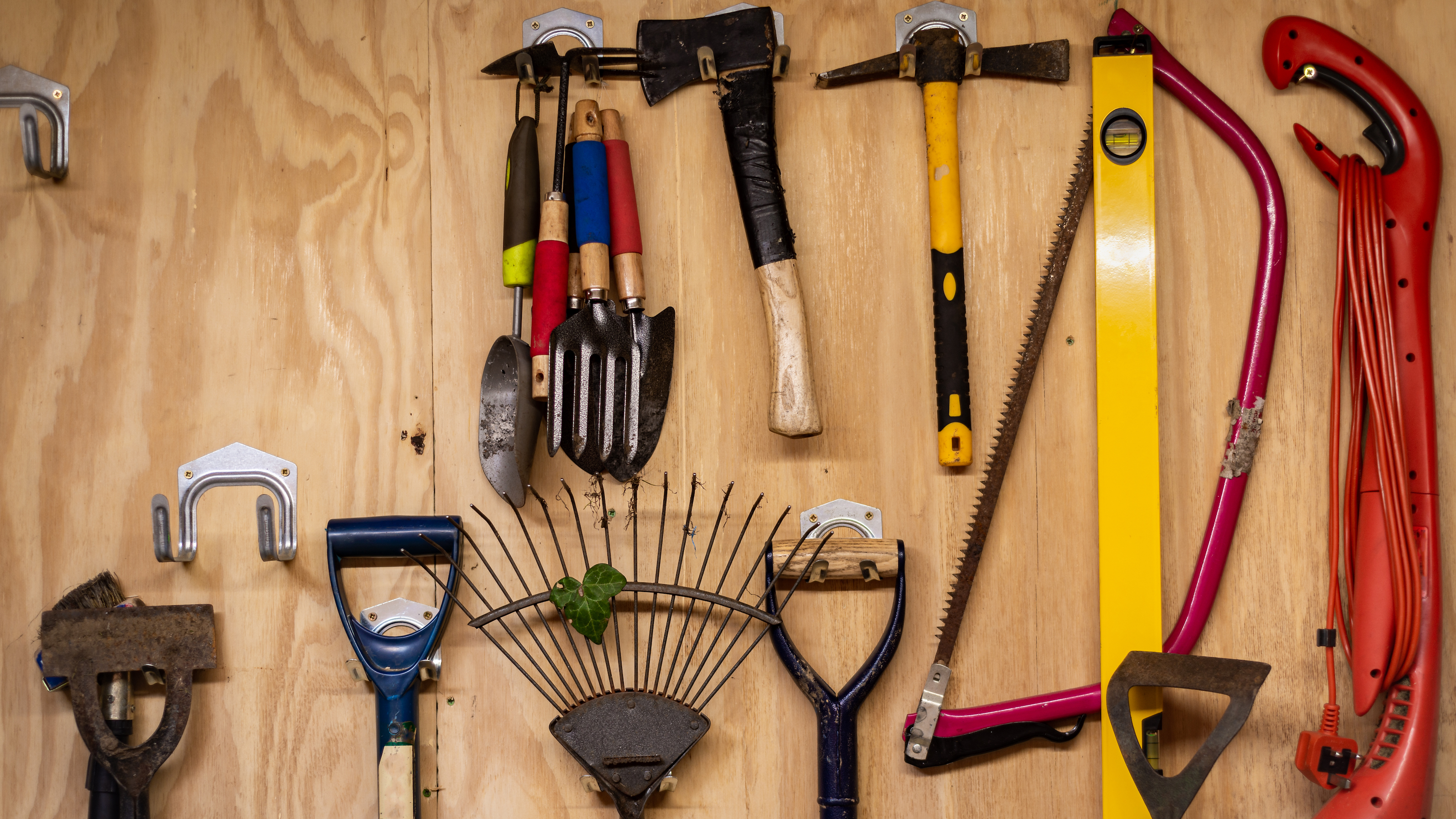Breakthrough ‘plastic’ mortar could slash heat loss in buildings by 55%
UK scientists have created a lighter, greener cement that could revolutionise homebuilding

A groundbreaking new mortar mix developed by scientists from Newcastle University could transform how homes are built.
By swapping out traditional sand for recycled plastic and high-tech aerogels, researchers have created a lighter, eco insulation material that reduces heat loss by up to 55%.
This innovation could mean lower energy bills, less plastic waste and a major step forward for sustainable construction.
Plastic bottles turned into high-tech building material

Instead of using conventional sand, scientists integrated shredded PET plastic from recycled bottles and combined it with silica aerogel – a material famous for its ultra-lightweight and insulating properties, even used in space technology.
This blend not only improves insulation but also makes the mortar significantly lighter while maintaining the strength needed for construction.
Publishing their results in Construction and Building Materials, the team confirmed that the mortar meets international construction standards, making it a realistic option for builders looking to improve energy efficiency in new homes.
Homes stay warmer while fighting plastic pollution
This innovative mortar could help solve two major global problems at once – energy price rises and plastic waste.
Get the Homebuilding & Renovating Newsletter
Bring your dream home to life with expert advice, how to guides and design inspiration. Sign up for our newsletter and get two free tickets to a Homebuilding & Renovating Show near you.
Traditional mortar allows heat to escape through gaps between bricks, but the new formula locks in warmth, potentially lowering heating bills.
At the same time, it provides a smart way to repurpose plastic waste, reducing the amount that ends up in landfills or oceans. Professor Lidija Šiller, one of the lead researchers, sees a huge opportunity: “Wouldn’t it be incredible if we could cut heating bills for new homes while tackling the plastic waste crisis at the same time? Our study shows it’s possible.”
Testing in real homes
Now that the formula has been proven in the lab, the research team is eager to take it to the next level. They are looking for industry partners to help bring this mortar to real construction projects and test its long-term benefits in actual homes.
PhD researcher Kaniaw Marof, lead author of the study, believes this could be a game-changer: “Improving insulation in masonry buildings is one of the biggest challenges in construction. Our mortar not only reduces heat loss but also makes use of materials that would otherwise go to waste.”
With growing demand for greener homes, this innovation could become a key player in the future of energy-efficient construction – where homes are not only built stronger but also smarter.

News Editor Joseph has previously written for Today’s Media and Chambers & Partners, focusing on news for conveyancers and industry professionals. Joseph has just started his own self build project, building his own home on his family’s farm with planning permission for a timber frame, three-bedroom house in a one-acre field. The foundation work has already begun and he hopes to have the home built in the next year. Prior to this he renovated his family's home as well as doing several DIY projects, including installing a shower, building sheds, and livestock fences and shelters for the farm’s animals. Outside of homebuilding, Joseph loves rugby and has written for Rugby World, the world’s largest rugby magazine.
